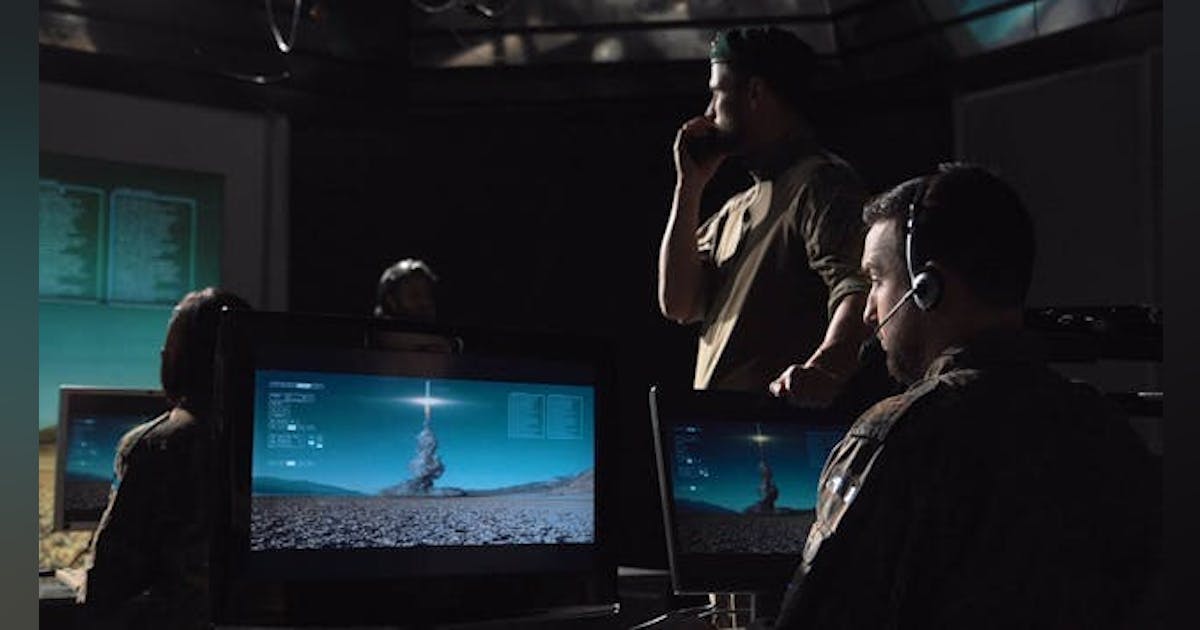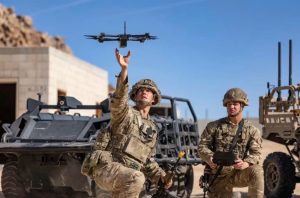Explore Configurable Defense Systems with SOSA and MOSA Standards
In today’s fast-changing defense landscape, adaptability to threats, missions, and technology is vital. The U.S. Department of Defense (DoD) acknowledges this by mandating flexible, modular designs for new military systems. If terms like configurability, modularity, plug-and-play, and open standards intrigue you, make sure to join the July 30 webinar hosted by Military + Aerospace Electronics, focusing on how SOSA™ and MOSA standards are transforming defense technology.
Why Open Standards? The Case for MOSA
MOSA (Modular Open Systems Approach) is central to the DoD’s acquisition strategy. Essentially, MOSA involves dismantling defense systems into modular components using open standards, allowing subsystems to be swapped, upgraded, or sourced from any compliant vendor—akin to the “USB standard” for defense tech, from sensors to command-and-control platforms.
Key principles of MOSA:
- Open, consensus-driven standards adherence
- Modularity: systems composed of “building blocks” that can be independently developed and replaced
- Interoperability between hardware and software from diverse vendors
- Scalability and upgradability to keep pace with rapid technological changes
If 20th-century tanks were like cumbersome, closed game consoles, tomorrow’s MOSA platforms are like customizable gaming PCs, able to integrate parts from any trusted supplier.
SOSA: The Leading Standard for Modular Sensors
The SOSA™ (Sensor Open Systems Architecture) initiative offers a framework for integrating military sensors and processing modules using established industry standards. Initiated by The Open Group and supported by Army, Navy, and Air Force, its Technical Standard focuses on common hardware and software interfaces, enabling quick reconfiguration for missions like radar, electronic warfare (EW), and electro-optical/infrared (EO/IR) intelligence.
Why SOSA stands out:
- Integrates robust hardware standards like VITA’s OpenVPX for plug-in cards (PICs)
- Reduces vendor-specific options by selecting a defined subset of profiles and interfaces
- Focuses not only on physical modules but also on interfaces and runtime environments essential for software portability
- Facilitates “plug-and-play” sensor upgrades without full system overhauls
Think of SOSA as a blueprint for constructing defense LEGOs—interchangeable parts that align perfectly with the mission.
What Will You Learn at the July 30 Webinar?
Time: July 30, 3 p.m. EDT (Duration: 1 hour)
Speakers: David Tetley (Elma Electronic) and Dave Walsh (Parry Labs)
Key discussion topics include:
- Strategies for building modular, reconfigurable platforms using MOSA/SOSA principles
- Selection of slot profiles, system architecture, and software stack design
- Applications in radar, EW, EO/IR sensors, and AI-enhanced systems
- Choosing COTS hardware and software for true plug-and-play capability
- Interoperability, lifecycle cost reduction, and rapid tech integration best practices
Real-World Mission Scenarios
Expect in-depth exploration of:
- Radar systems: Adapting sensor inputs or processing modules for new detection needs
- EW (Electronic Warfare): Quickly adjusting systems for evolving threats or jamming techniques
- EO/IR (Electro-Optical/Infrared): Easy integration of next-gen imaging or targeting systems
- AI/Autonomy: Using modular compute platforms to implement new algorithms for enhanced mission agility and reliability
The Business Impact: Why Should Program Leaders Care?
Cost, Competition, and Speed
- MOSA and SOSA eliminate vendor lock-in: enabling selection of best-in-class modules, fostering price competition and innovation
- Lower lifecycle expenses: Upgrades and repairs focus on outdated or faulty modules, decreasing downtime and cost of spare parts
- Rapid tech upgrades: Incorporate next-generation processors, AI accelerators, or sensors without needing a full platform redesign
- Accelerated acquisition: Standard interfaces mean less custom integration, quicker testing, and more predictable timelines
Case Study: The Reliability Mandate
The U.S. Army’s DEVCOM Analysis Center leads the way in reliability for these modular systems, emphasizing AI and software component validation for mission-critical deployment. This highlights the importance of creating open systems with rigorous testing and verification processes.
Reliability is the backbone of mission success. Our efforts ensure that when a system is deployed, be it an autonomous vehicle, a weapons platform, or a sensor system, it performs as expected under required conditions.
– Nathan Herbert, DAC reliability analyst
Humanized: The People Behind the Tech
Leading the charge are organizations like Elma Electronic and Parry Labs, represented by the event’s speakers. These teams excel in transforming abstract standards into tangible solutions—chassis, cards, middleware, and system integration support—and bring decades of experience in both traditional and modern defense contexts.
Looking Ahead: Challenges and Emerging Trends
- Integration with legacy systems: Ensuring compatibility of new components with “old school” equipment remains a priority
- Cybersecurity and secure APIs: Open interfaces must protect sensitive data with encryption, secure boot, and authentication
- Automation and AI: The future of modular computing involves automated patching, AI model replacements, and intelligent data management
- Hybrid cloud/connectivity: Advanced systems integrate on-platform, in-cloud, and in-field elements while maintaining stringent security standards
Envision a future where an AI-driven drone platform updates mid-mission, deploying a new sensor and AI module across a battlefield swarm—made possible by SOSA/MOSA!
Expert Tips to Succeed with SOSA/MOSA
- Plan early: Engage system integrators and experts from project start
- Invest in training: Empower engineers and PMs with up-to-date industry insights
- Request certification: Demand SOSA-compliant vendor modules and test evidence
- Foster partnerships: Collaborate with teams proficient in both technology and defense acquisition
Light Touch of Humor and Culture: Drones, LEGOs, and Sci-Fi
Wished military projects were as simple as connecting LEGO bricks? Thanks to SOSA and MOSA, this isn’t just sci-fi or “drone racing” memes—it’s the industry’s direction.
If ever frustrated by an HDMI cable mishap, you’ll appreciate The Open Group’s efforts for defense hardware—they aim to end “doesn’t fit” moments for good.
How to Get Involved and Learn More
Register for the July 30 webinar: Gain direct insights from those implementing modular defense systems, featuring actionable lessons for program leaders, engineers, and decision-makers.
Study these resources if you’re unable to attend or want preparation before the event:
- The Open Group SOSA™ Technical Standard
- VITA’s OpenVPX architecture basics
- Success stories of MOSA/SOSA-deployed mission-specific systems
Final Thoughts: A Future-Proof Path
SOSA and MOSA serve as more than just compliance requirements—they’re essential blueprints for defense systems swift in adapting to world changes. By investing in these open standards, you’ll not only satisfy current needs but also prepare for future innovations.
The July 30 webinar offers a “behind-the-scenes pass” to engage in the transformation, enhancing how you design, build, and deploy future-ready defense solutions.
Plug in, power up, and get ready for a future where anything is possible—the modular way.














